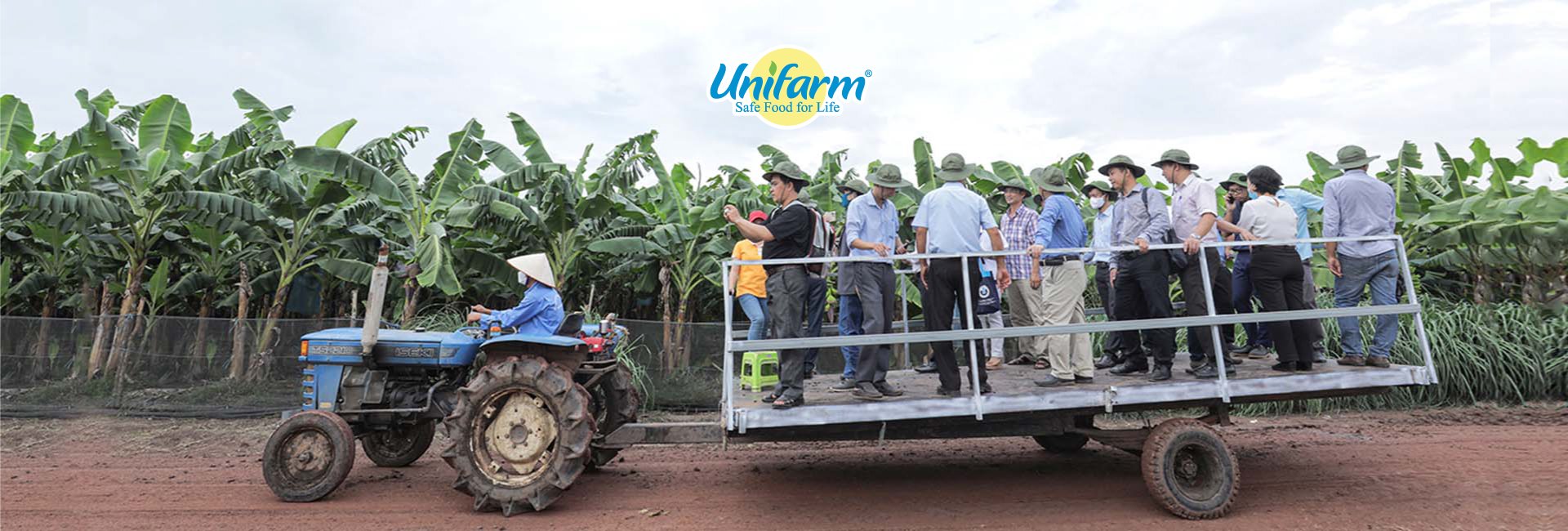Tissue cultured plants
CANVENDISH BANANA: UNI 126 Banana Variety – Resistance to Panama desease OVER 95%
A- GROWTH CHARACTERISTICS
-
Outstanding features: High resistance to Panama disease: even when planted directly on soil infected with Panama disease before, the resistance rate is over 95%, Fast flowering development and growing suckers
-
Season of planting: suitable to be planted throughout the year, better to plant when the soil is moist enough or at the beginning of the rainy season (to save water for irrigation).
-
Soil type: grow well over a wide range of soils. The ideal soil should be loamy, with abundant organic matter and have good water retention capacity (ensure deep well drained to avoid waterlogging). Optimum soil pH for bananas is 6.0-7.5.
- Harvesting: average about 9 months after planting (in addition, the harvest time also depends on the plant’s age at planting, environmental conditions and cultivation practices).
B- THE ORIGIN OF THE UNI 126 VARIETY
- Panama disease is one of the most common and serious diseases, causing a decrease in the productivity and quality of bananas. Without appropriate and quick disease prevention measures, it will severely devastate large-scale banana plantations and result in significant economic losses.
- Faced with this urgent situation, a long-term agricultural solution is to select and develop new banana varieties that are resistant to Panama wilt disease. Therefore, the UNI 126 banana variety was selected by Unifarm and successfully propagated by Vietplants using tissue culture techniques.
C- PRODUCTIVITY
- Tissue cultured UNI 126 seedlings at Vietplants have a high survival rate, develop evenly, and grow quickly. UNI 126 variety is suitable for all climate conditions, so it can be grown in many different areas.
- Average productivity is 87 tons/hecta/year










